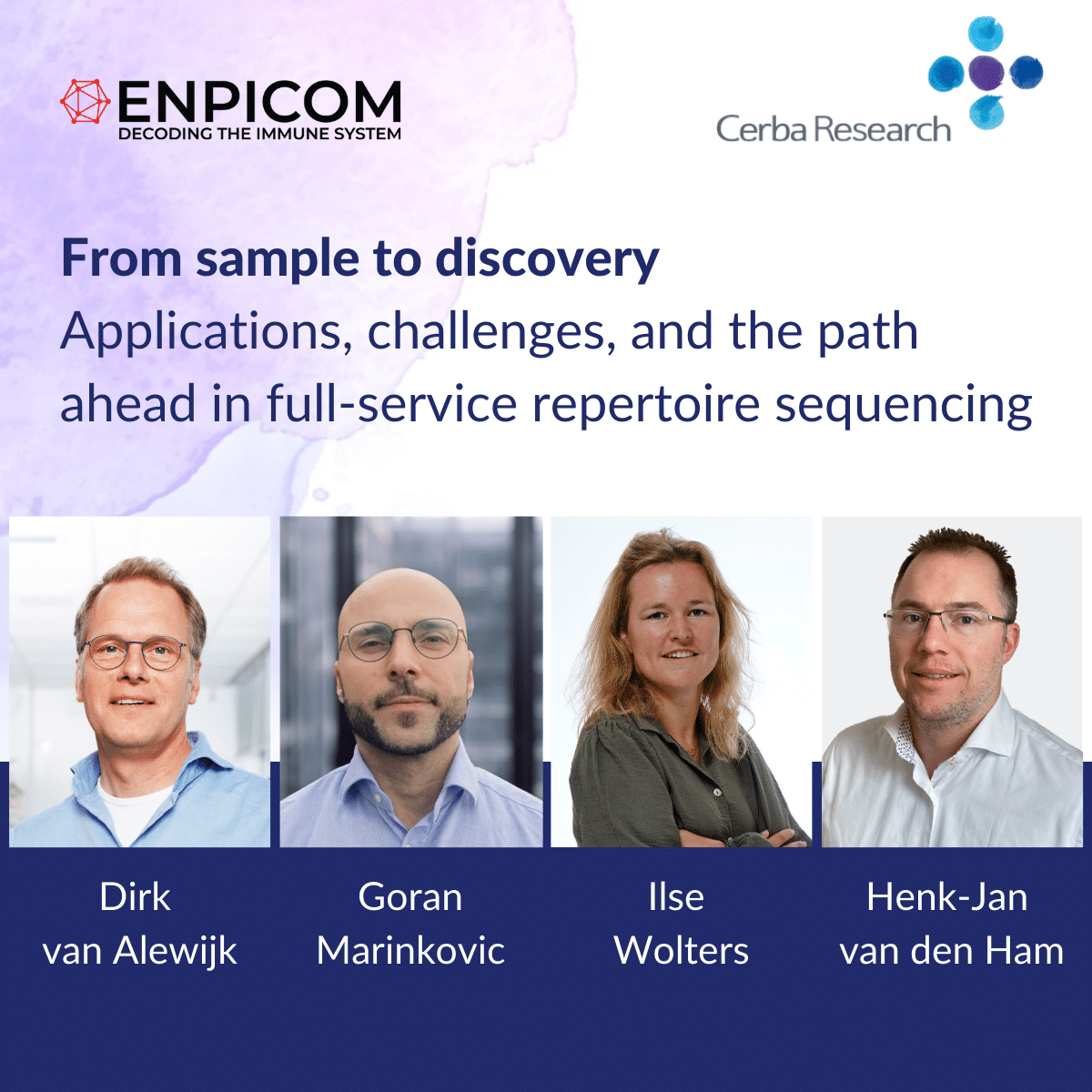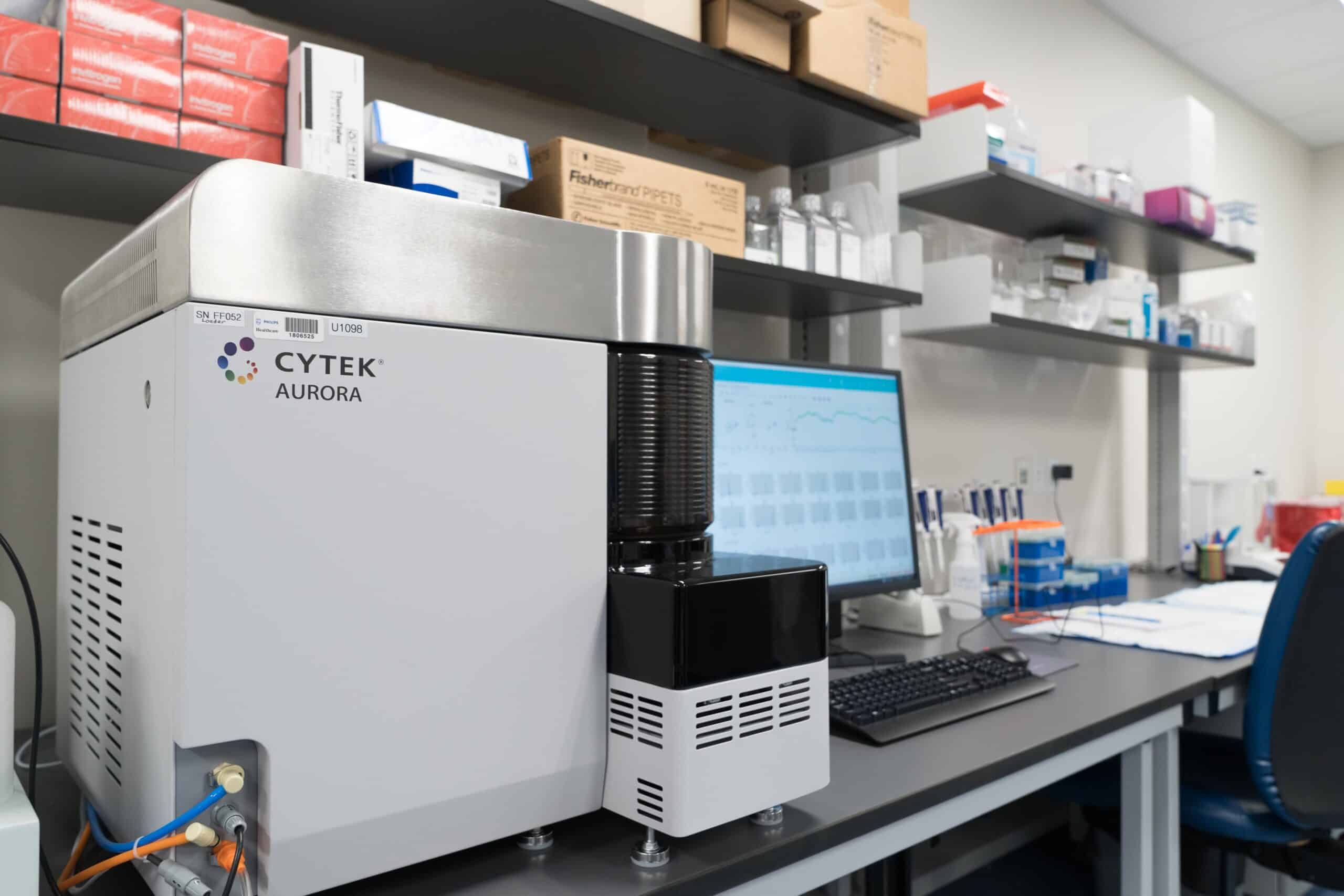
Read more from our scientific experts and subject matter experts
At Cerba we believe that we are stronger together and that we can grow together. Discover how we are growing and learning first hand with the latest news from Cerba Research!

Webinar – Webinar – Advancing CAR T-Cell Therapies with Clinical Trial Customization
Our experts Goran Marinkovic, PhD, Immunologist, Nele Langenaken, General Manager, Dr. Nithianandan Selliah,…
Read more

Webinar – Advancing CAR T-Cell Therapies with Clinical Trial Customization
We are excited to announce our webinar in collaboration with Xtalks – Advancing CAR…
Read more

Viroclinics-DDL changes name to Cerba Research
Viroclinics-DDL a world leading vaccine and antiviral specialty laboratory providing research and clinical trial solutions rooted in virology, proudly announces changing its name to Cerba Research as of the 1st of April 2024. This branding step was an expected move after the Viroclinics-DDL teams had joined Cerba Research in 2022, now operating as one company well positioned in the entire value chain of research and clinical trials.
Read more

Why a multi-faceted oncology toolkit is essential for precision medicine
Biomarker success relies on the interplay of key technologies Multiple techniques used…
Read more

Cerba Research Global Project Management Communication On Public And National Holidays 2024
Provided below, is essential information on shipping limitations and critical items to…
Read more

Article – From Sample To Discovery: Applications, Challenges, And The Path Ahead In Full-Service Repertoire Sequencing
ENPICOM and Cerba Research have joined forces to conduct an in-depth interview focused…
Read more

Cerba Research End of Year Communication 2023
Cerba Research would like to provide you with information related to our…
Read more

Webinar – Navigating The Immune Repertoire: A Deep Dive Into Applications, Workflows, And New Sequencing Chemistries
We are excited to announce our webinar in collaboration with Illumina and ENPICOM – Navigating the…
Read more

Webinar – Conducting Clinical Trials During COVID-19: Lessons For The Next Pandemic
The coronavirus is not the first infectious disease that has forced clinical…
Read more

Cerba Healthcare to acquire Canadian contract research laboratory Cirion Biopharma Research to expand bioanalytical capabilities and shorten time-to-deploy complex clinical trials
Issy Les Moulineaux, France and Laval, Canada, September 7, 2023 – Cerba…
Read more

Webinar – Cytek Aurora Instrument Standardization For Patient Testing In Global Clinical Trials
Recently Cerba Research’s Regional Head of Flow Cytometry, Veronica Nash, PhD, presented…
Read more

Laboratory services poised for the digital revolution
The clinical trials landscape is evolving more rapidly than ever before. The…
Read more

